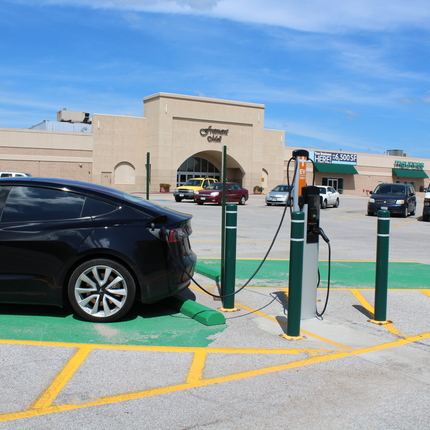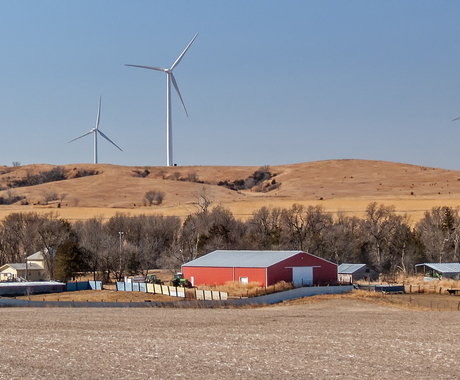Access to reliable transportation is essential for rural residents, especially for those who must travel significant distances for work, school, or medical services. But, these distances also create challenges for people living in rural areas, as certain types of transportation may appear to be out of the realm of possibility due to insufficient refueling options.
Electric vehicles have emerged as a competitive transportation option for a wide range of consumers. An alternative to diesel- or gas-powered vehicles, electric vehicles reduce carbon emissions while allowing owners to take advantage of cheap and renewable energy that is available via the electric grid. Advancement in battery technology has led to electric vehicles with longer travel ranges, and the deployment of charging stations has led to significantly more refueling points near major roadways.
However, this charging infrastructure is still limited. Most charging stations are located near major highways or interstate routes, or found throughout urban areas. The lack of charging stations throughout many rural areas restricts the viability of electric vehicles, either for people who live in rural communities or tourists who wish to visit. Building out electric vehicle charging infrastructure is key to allowing for easy and reliable travel for electric vehicle owners, and rural places must be included in plans to expand charging options.
Building out charging infrastructure faces another hurdle—charging stations are not cheap, and most privately developed ones are located in urban areas where they can achieve a faster return on investment. Identifying opportunities to invest in electric vehicle chargers is a key piece to bringing electric vehicles to rural areas.
One option for states to expand charging infrastructure is to use funds from the Volkswagen Diesel Emissions Environmental Mitigation Trust (VW Trust), a result of a settlement between the company and regulators after Volkswagen was found to be cheating on emissions tests. The amount of funds each state receives from the settlement is based on the number of offending vehicles in each state. States can use these funds to reduce emissions, including using up to 15 percent of their funds for electric vehicle charging infrastructure.
As states determine where to invest funds from this settlement, policymakers must plan for the future of transportation. With more electric vehicles on the road every year, access to charging infrastructure factors more and more into who can purchase an electric vehicle and where owners will travel. Prioritizing the placement of chargers in rural areas will improve the access to charging options for small communities and create new corridors of travel for electric vehicles. Better infrastructure will increase the options for reliable and efficient travel for rural America.





